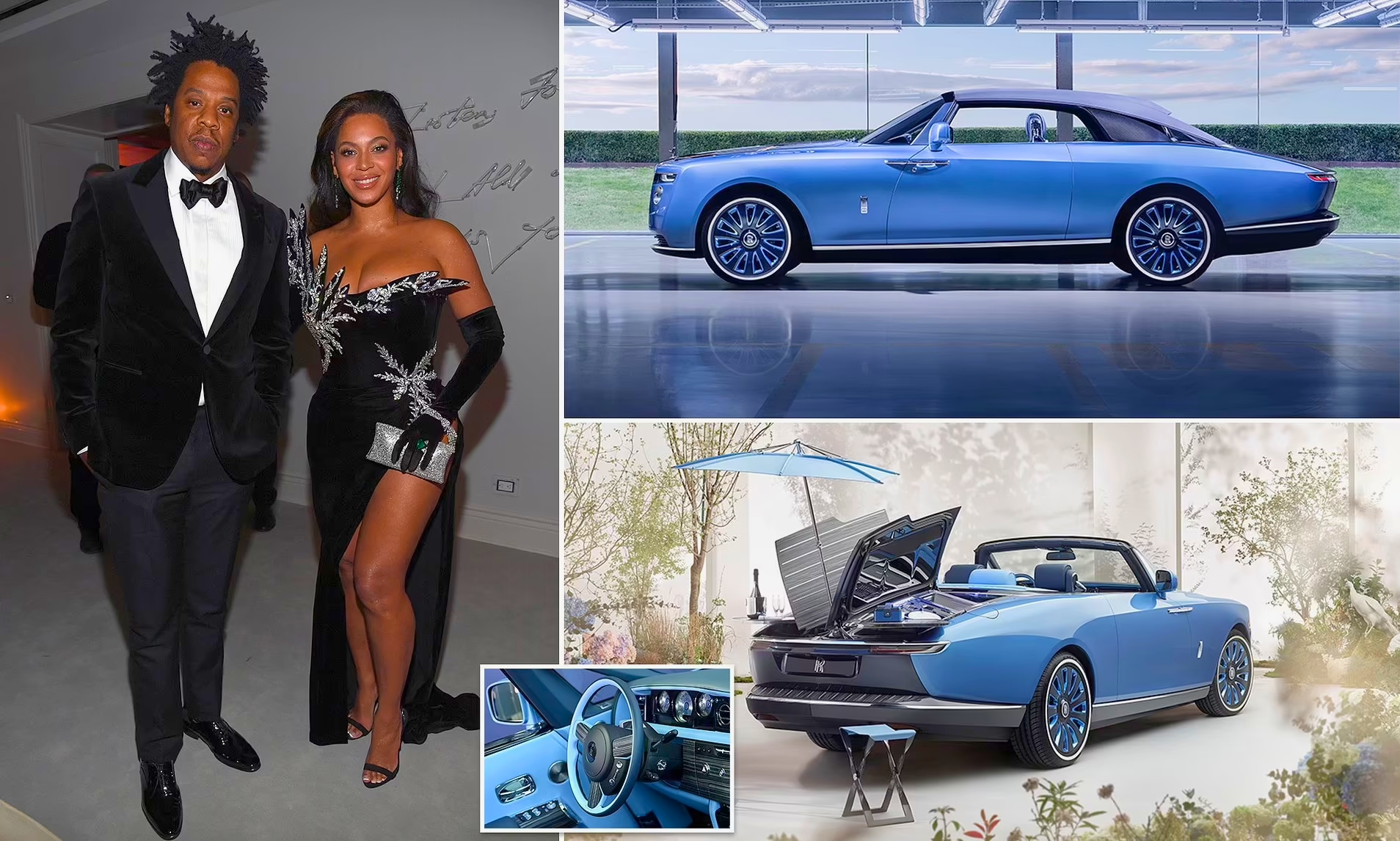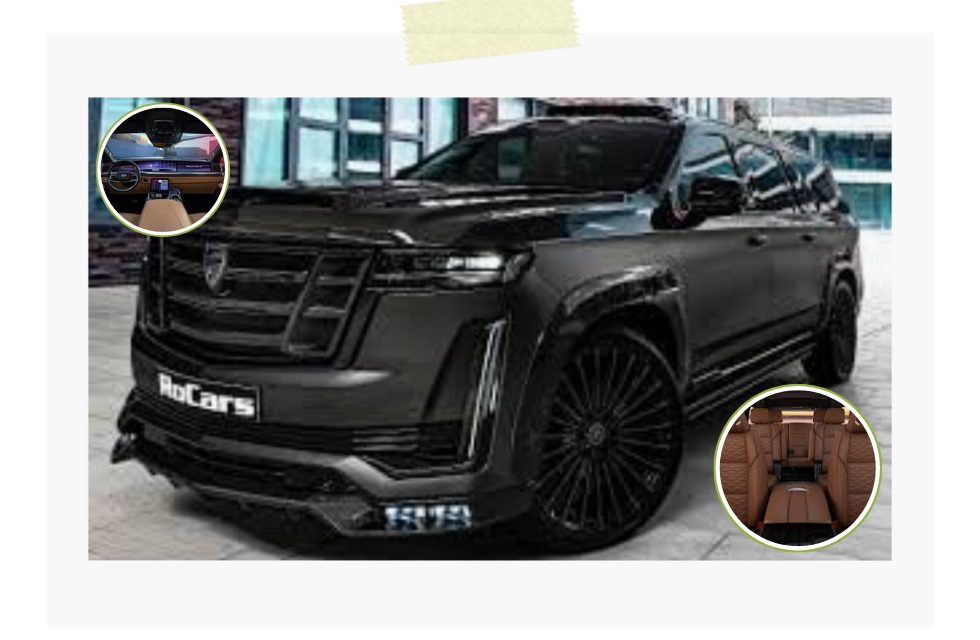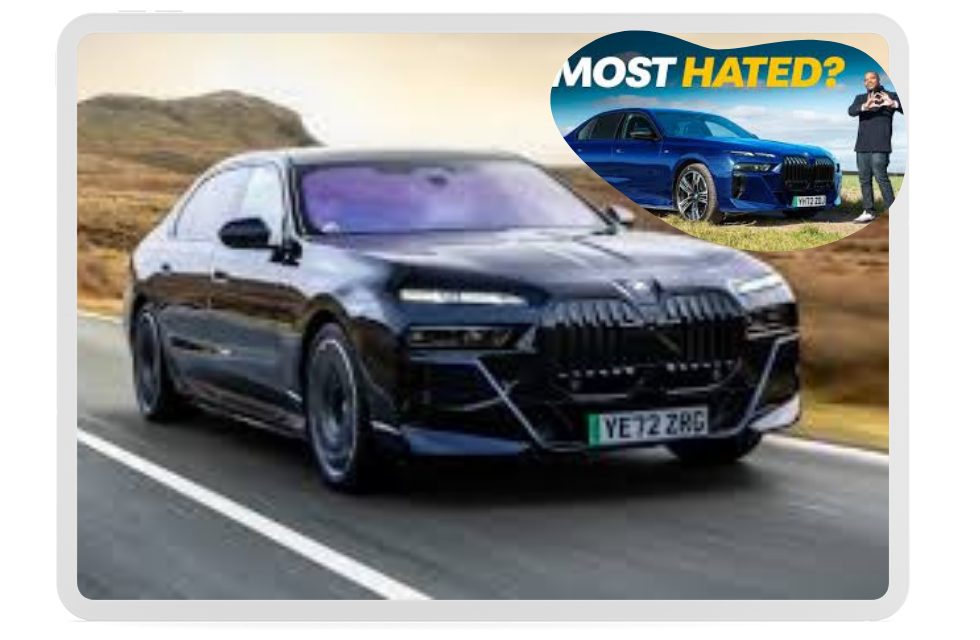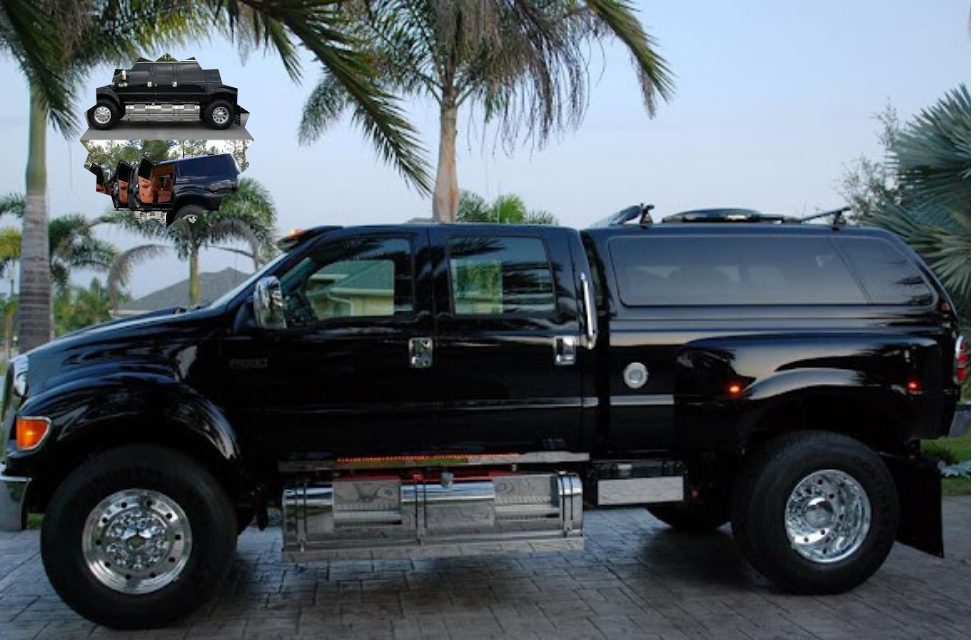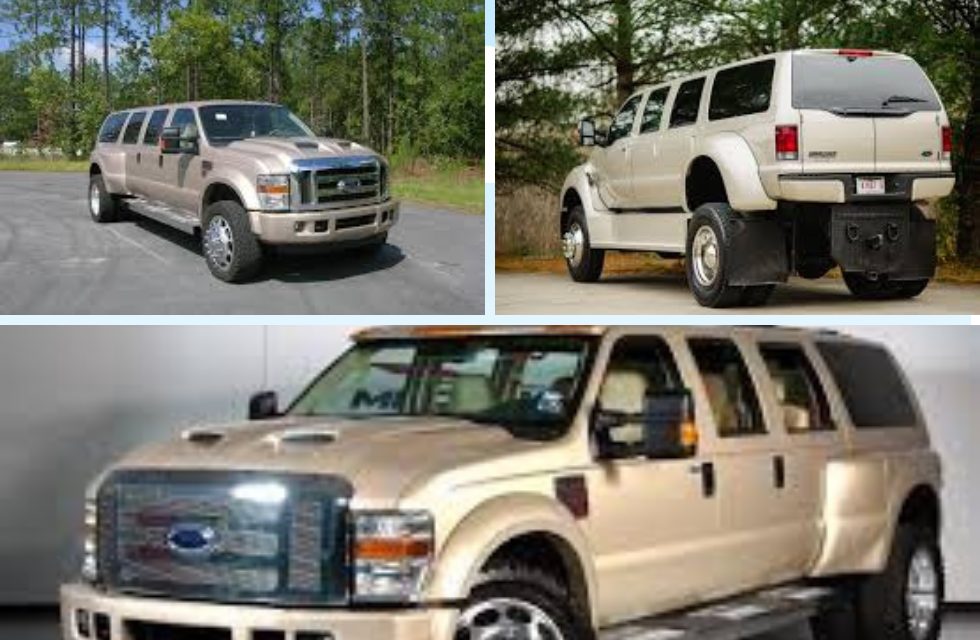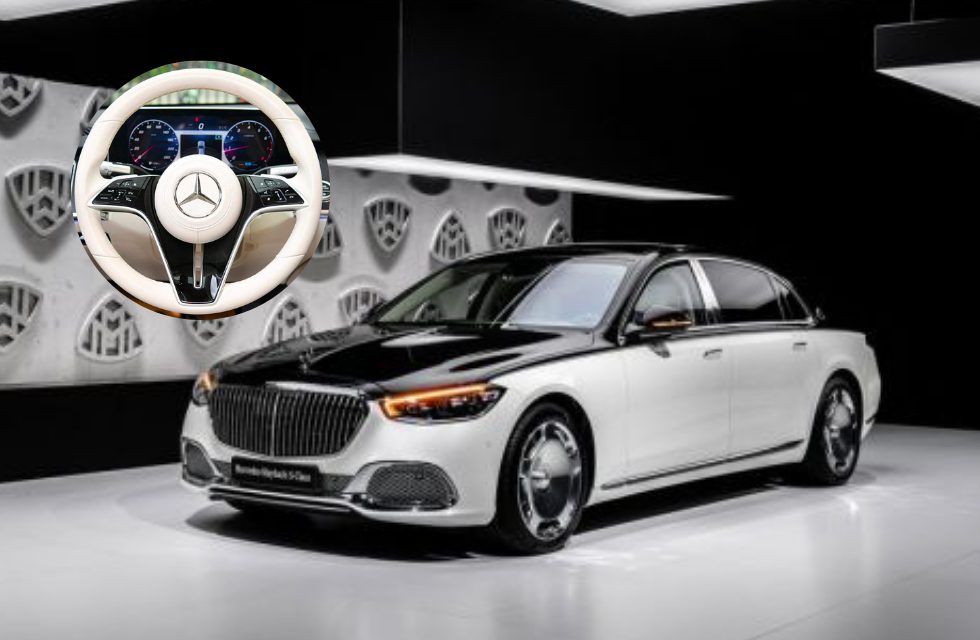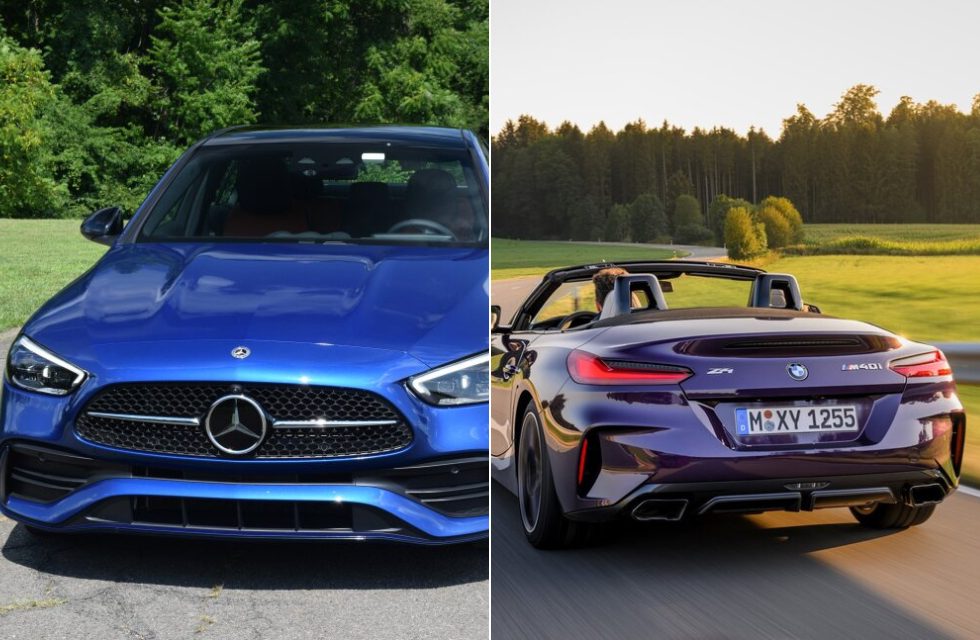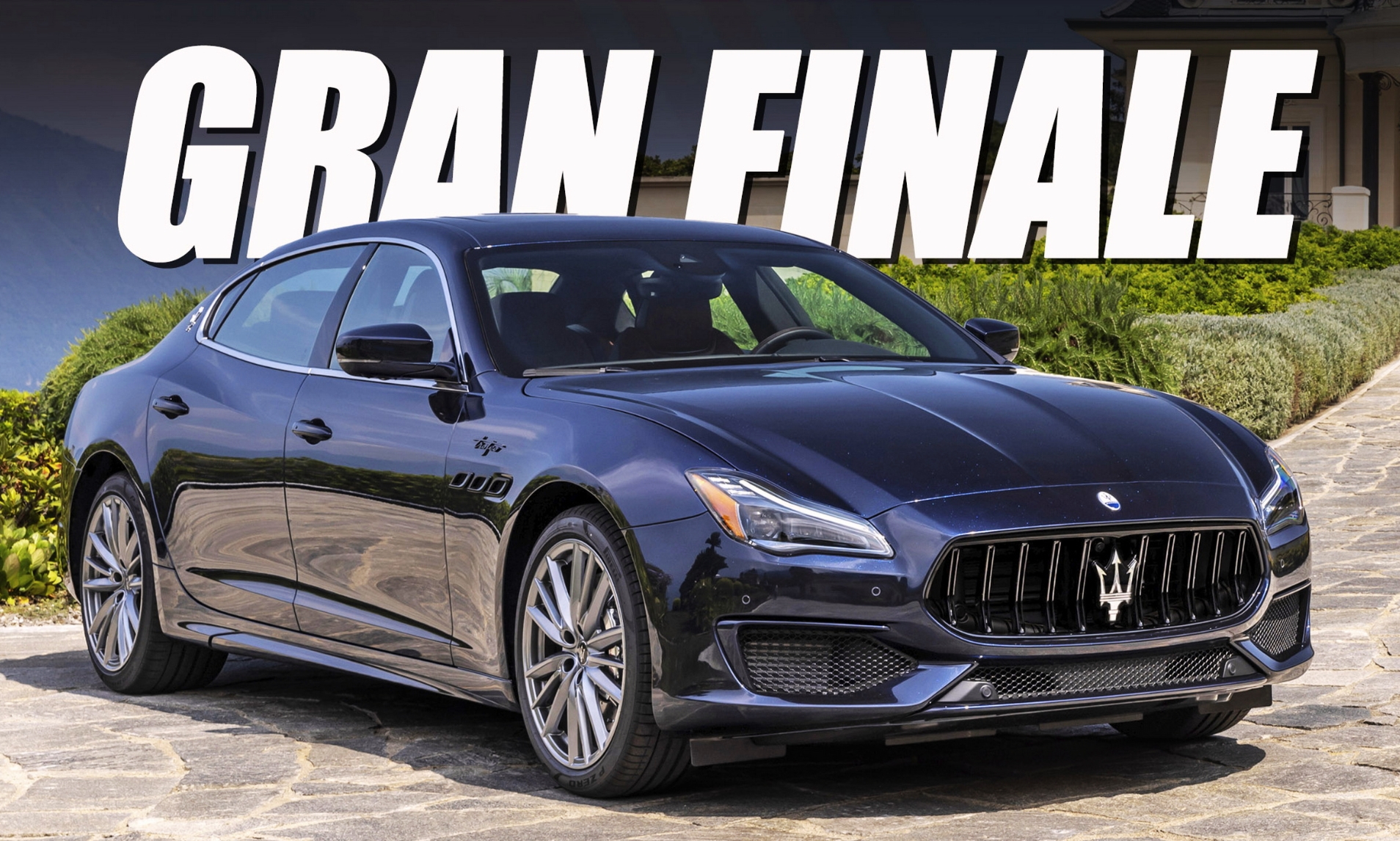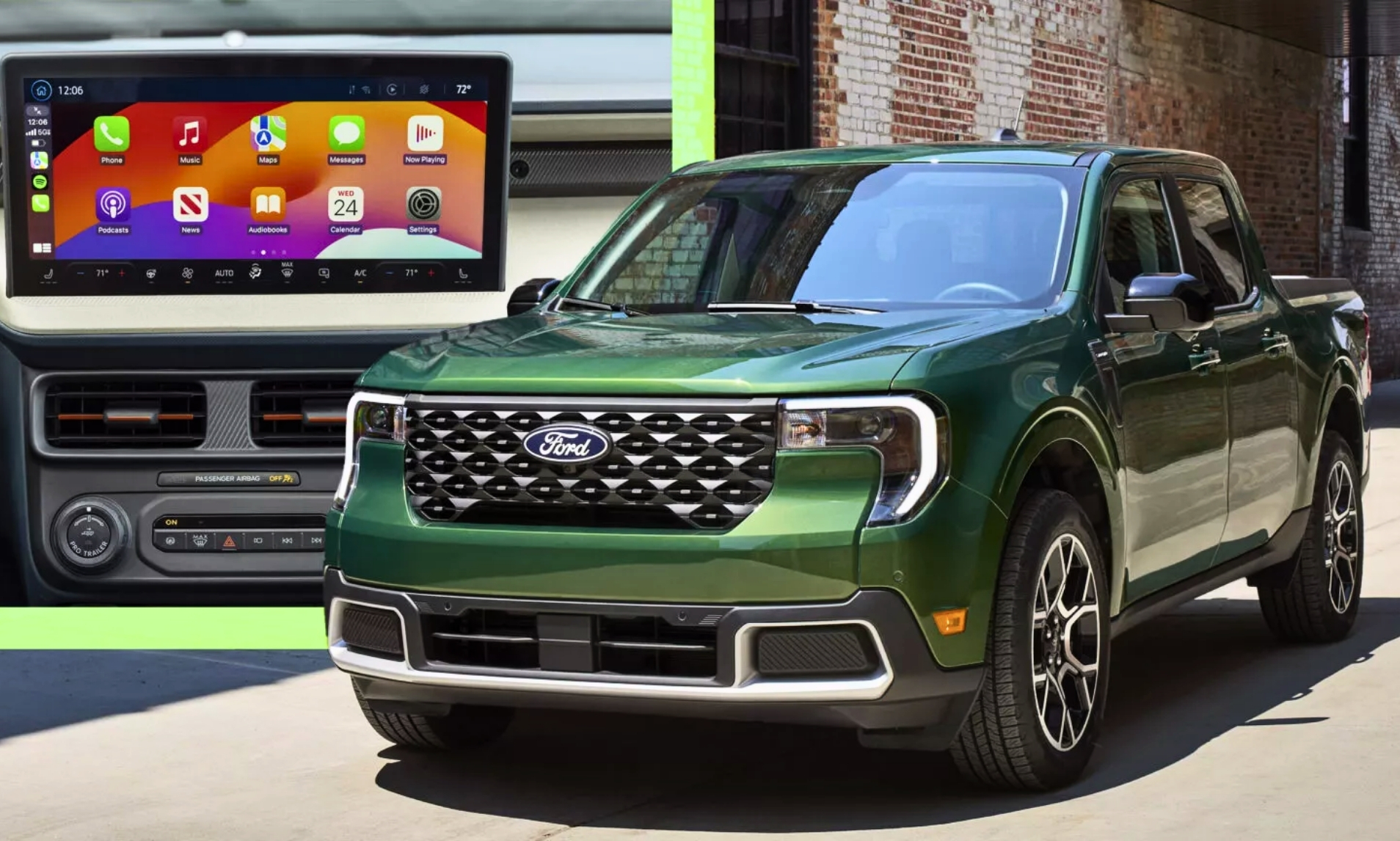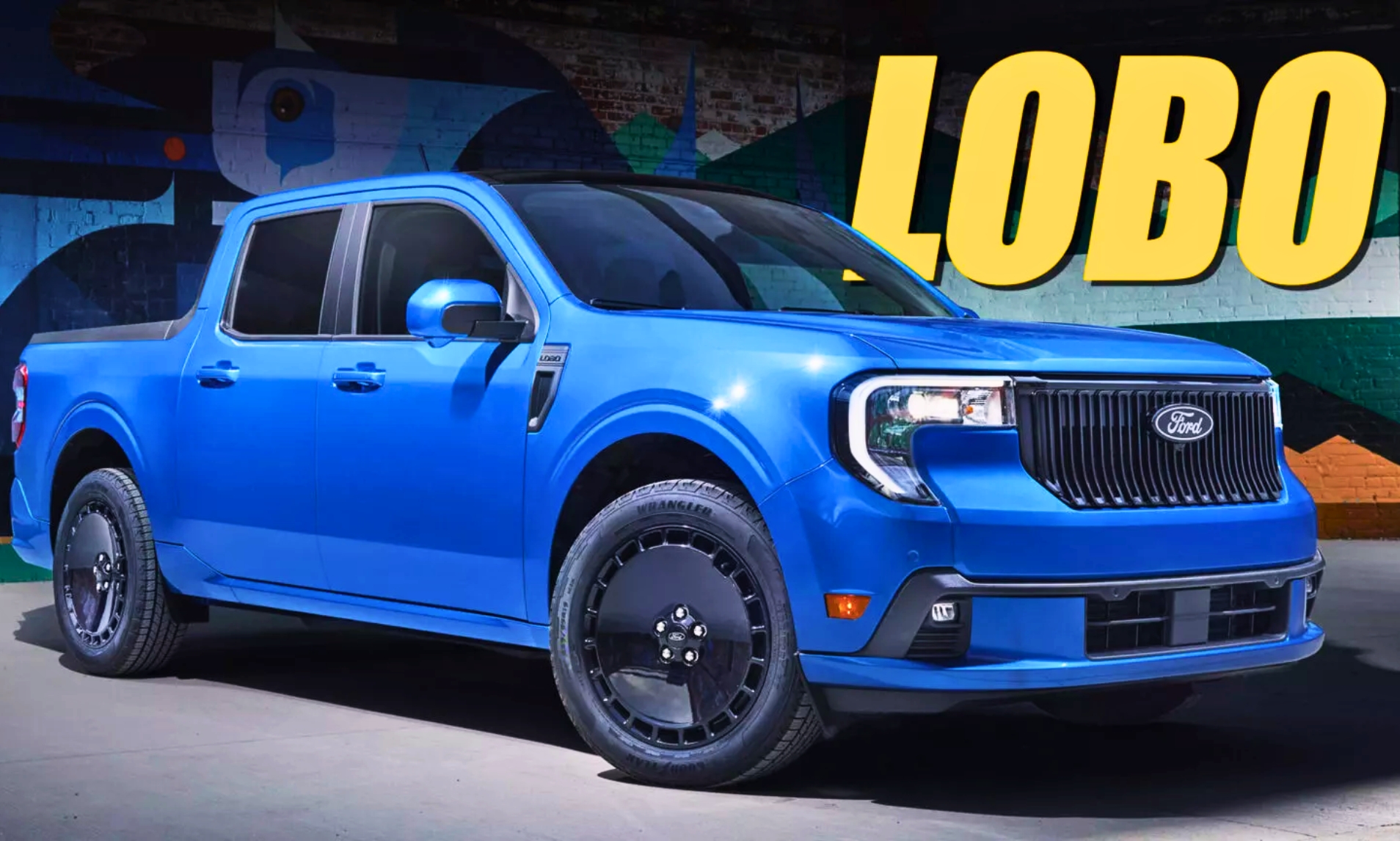Demand for the Donkervoort F22 was so high that the Dutch automaker decided to increase production volume. Now that more people have a chance at getting behind the wheel of what’s described as the lightest supercar in the world, perhaps it’s worth knowing why the F22 sold-out so fast in the first place.
It’s not every day a car manufacturer can claim it’s selling the lightest car in the world, one that’s also safe enough to be road-legal. With the Donkervoort F22, however, that’s a bold statement that comes with some solid backing given it weighs only a little over 1,600lbs (750kg) overall. If there’s one thing Donkervoort Automobielen’s known for it’s producing cars that are extremely light; its predecessor, the Donkervoort D8, was even lighter at under 1,400lbs (630kg).
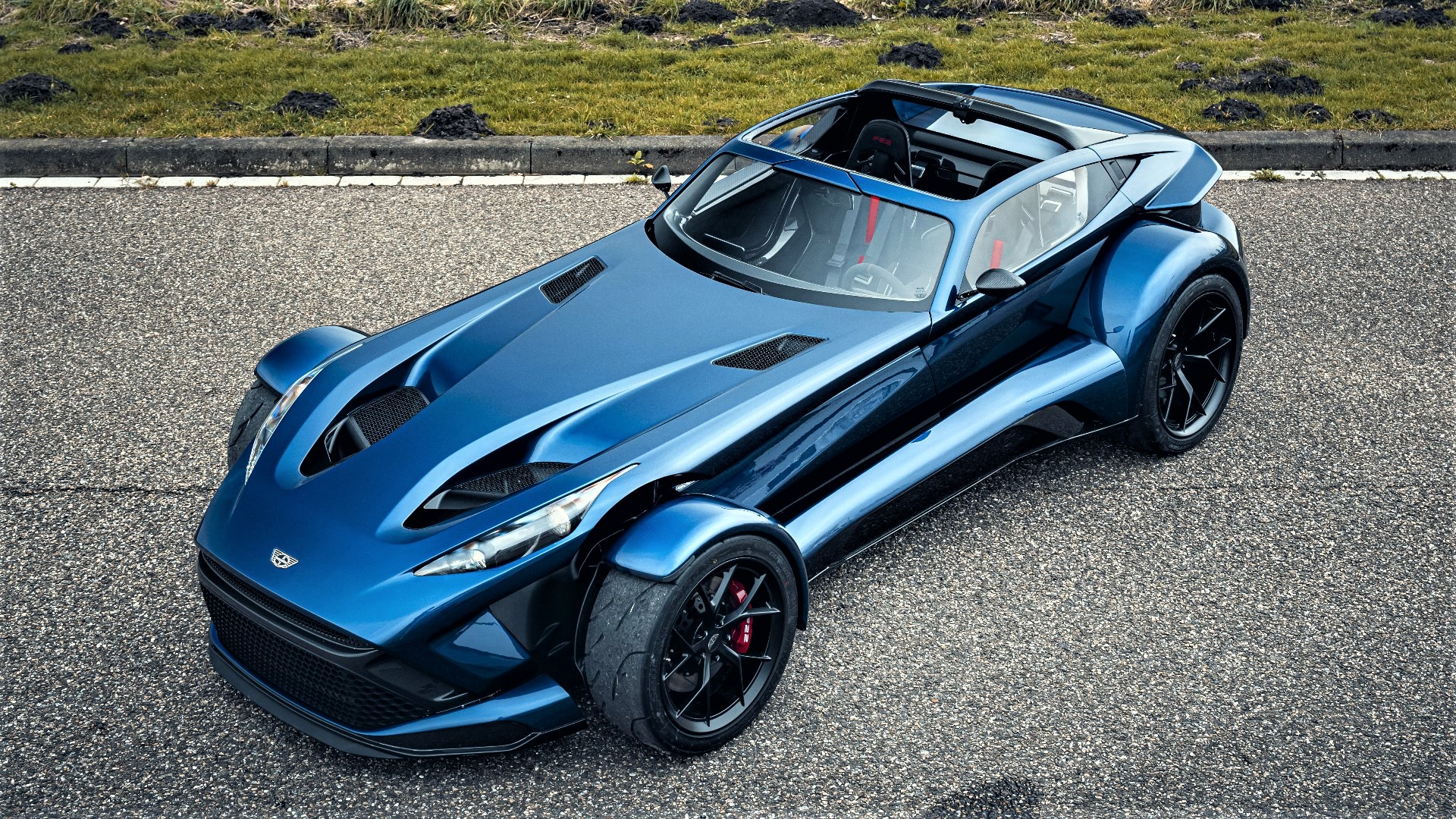
Although the F22 might’ve gained some heft, it makes up for that in sheer power thanks to an Audi-sourced 2.5-liter inline five turbo engine generating 493 horsepower. In terms of performance, the F22 approaches supercar territory, with a top speed of 180 mph (290 kph) and a 0 to 62 mph acceleration time of just 2.5 seconds – that’s quicker than a Ferrari LaFerrari and McLaren Senna.
Alongside a Torsen limited-slip differential, ride height adjustable from the cockpit, and dynamic traction control features, its stopping power comes with a 30 percent improvement over the D8 GTO. For a car with similar acceleration figures as a Bugatti Veyron, albeit with better power-to-weight ratio, the F22 sounds like a monstrous supercar that’s as nimble as a Lotus. Added oomph in performance is just the tip of the iceberg as the rest of the F22’s selling points are just as worthy of acclaim.It’s meant for the track, and for kicking back
Donkervoort F22 press images
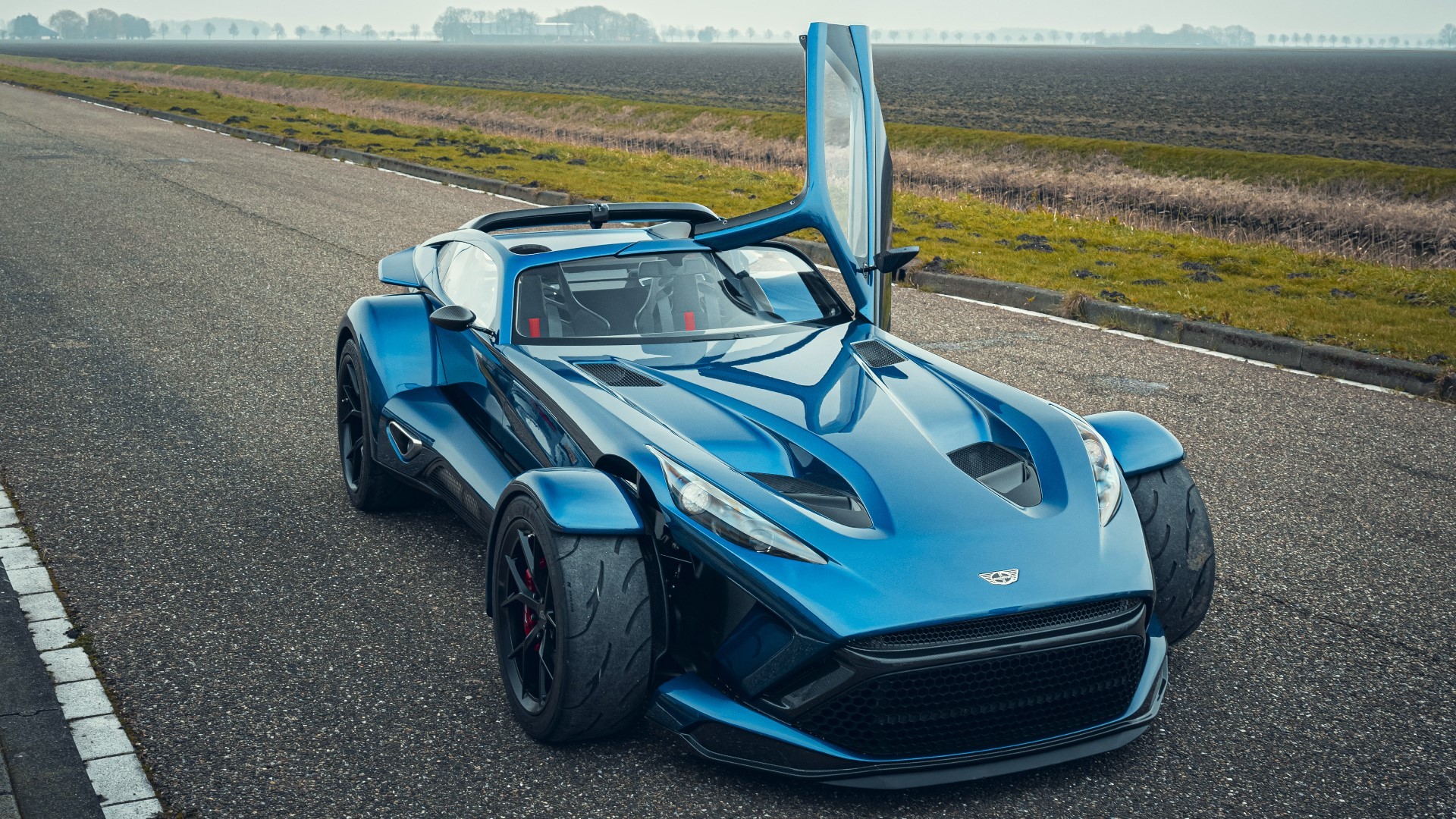
Photo: Donkervoort Automobielen
Unlike its predecessor, the Donkervoort F22 made strides in improving performance without sacrificing ride comfort and practicality. Donkervoort made the supercar relatively bigger this time around, and this was to accommodate taller drivers and to comply with various road regulations overseas. Its added girth meant a more spacious cabin, one that incorporates a slew of safety features for added peace of mind. Its chassis utilizes Donkervoort’s Ex-Core technology: a reinforced carbon fiber structure also seen in yachts and F1 cars. In order to make the F22 road-worthy, the automaker opted to use a six-point harness in lieu of bulky airbags – a system the company claims is the first to ever be approved for both road and track use.
Its detachable Twin Targa top not only provides additional stability when driving, it now makes these cars capable of shielding drivers from the elements, something that’s not seen in the automaker’s past models. All these contribute to giving the F22’s improved usability, making it perfect for going to a relaxing dinner party straight from a grueling track day. Other optional amenities include an iPad mini infotainment system, customized interior detailing, Bosch ABS system and the option to omit power-steering and air-conditioning altogether for that authentic lightweight race car experience
The F22 is made to order, last and sell out
Donkervoort F22 press images
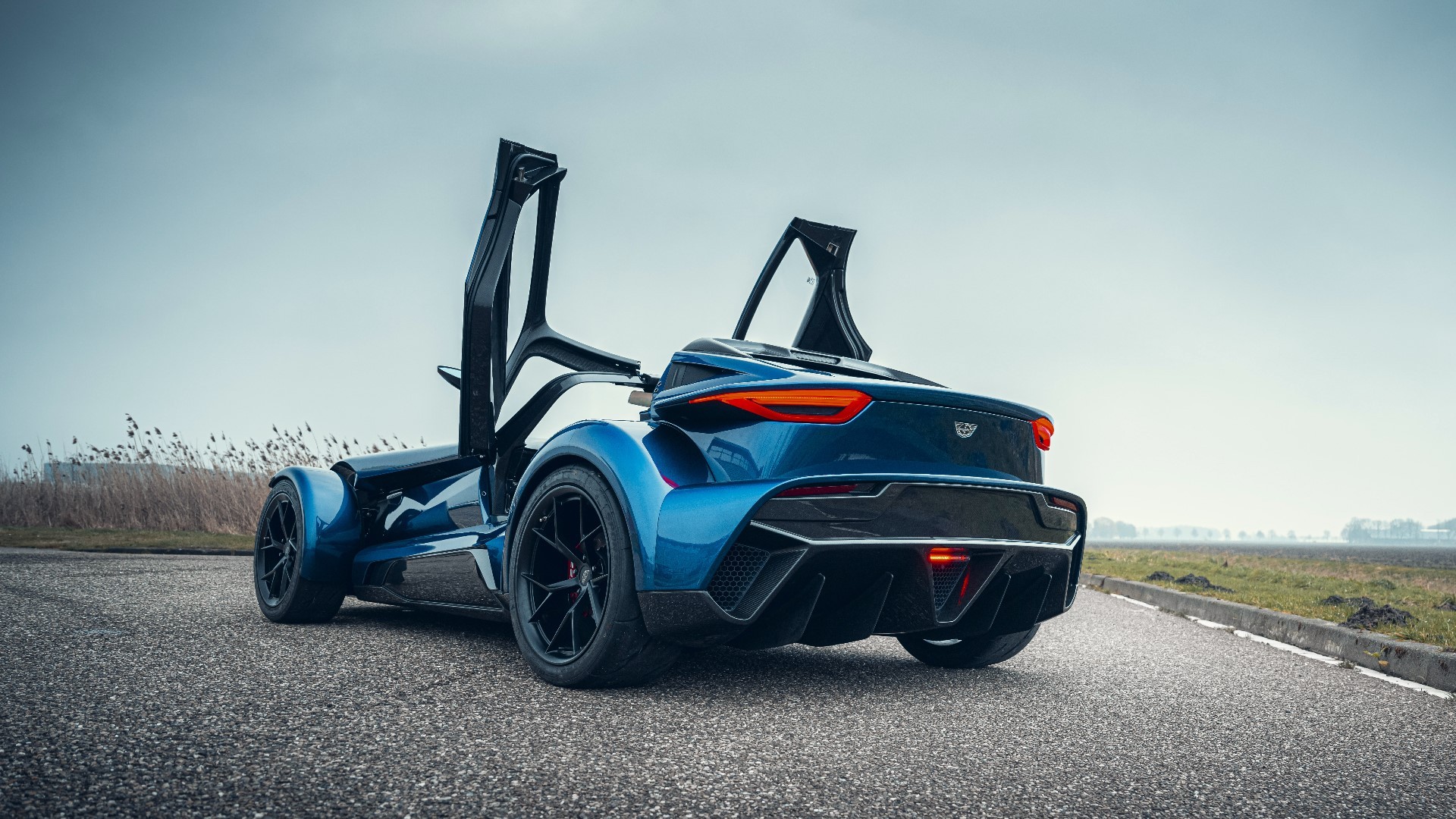
Photo: Donkervoort Automobielen
Just because it’s lacking in weight doesn’t mean it’s equally unencumbered in pricing though, especially since each Donkervoort F22 costs over $259,000 (€245,000). That didn’t exactly stop buyers from ordering it until stocks ran out either, prompting the Dutch automaker to increase its initially planned production of 50 examples to 75. Demand remained strong to the point where all 75 units of the F22 were basically swiped off the shelf yet again. Now that all examples have also been sold out, Donkervoort Automobielen hopes to make yet another 25 units to meet rising demands, placing the total number of planned F22s to 100.
The majority of the supercar’s demand mostly stemmed from Western Europe, but the company noted that interest had reached as far as North America, Israel and the Middle East. As for what makes these cars so desirable, aside from their supercar chops, the company claims that they can also be seen as “appreciating assets.” Donkervoort touts that over 99 percent of its cars will be running on roads for a long time thanks to their easily repairable characteristics. The F22 in particular holds some historical significance for the company as well.
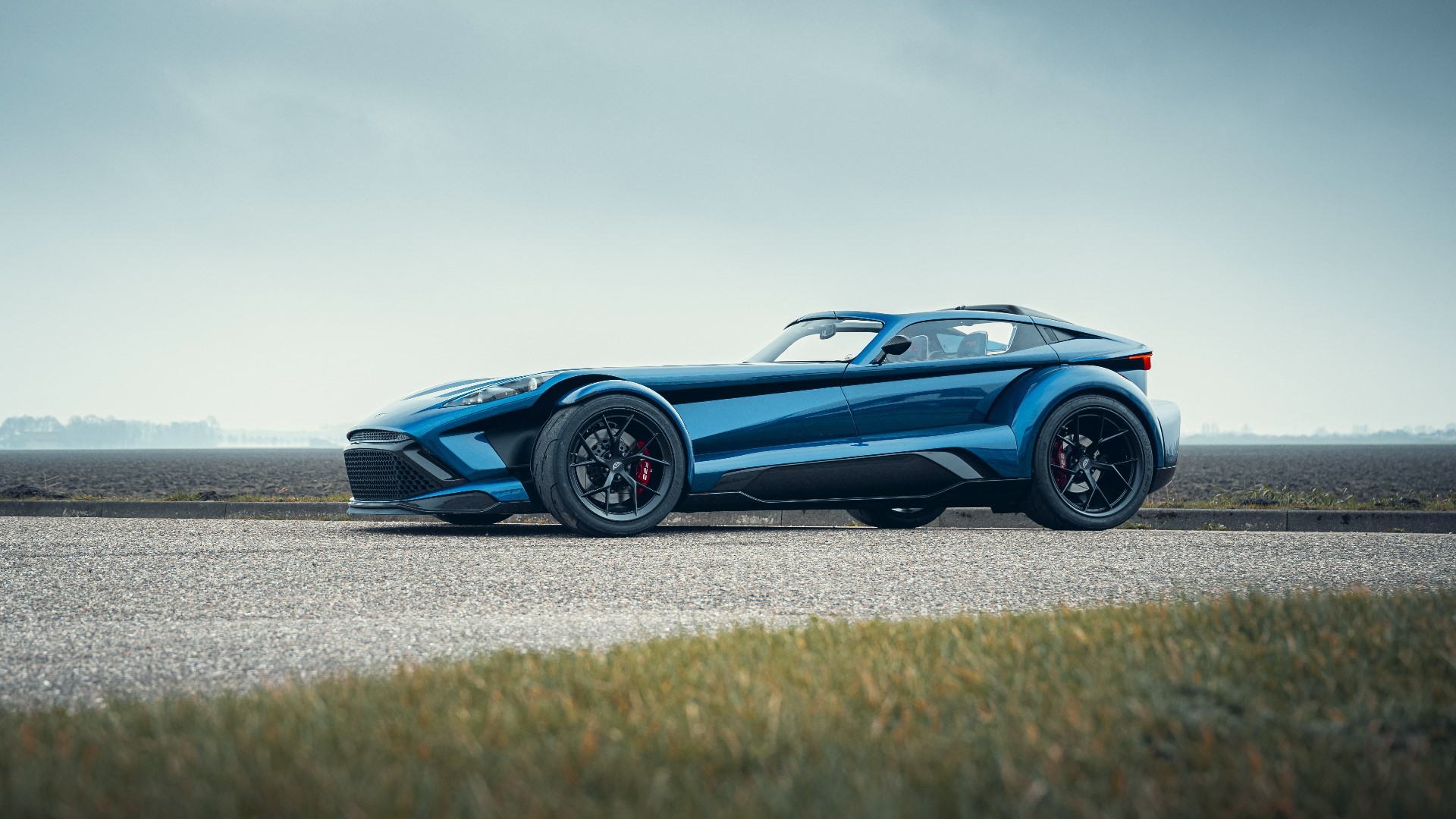
It’s the first model produced since Denis Donkervoort, son of the automaker’s founder Joop, took the company’s reigns. Like in previous models, the car was also named after Denis’ first daughter Filippa who was born in 2022.
Moreover, the F22’s design sketches alone made it the first Donkervoort supercar to be sold out before its production even materialized. It’s a supercar that truly embodies the company’s “less is more” ethos; less on the weight, worry and unnecessary technological clutter, while being more on the practicality, power, and of course, price tag.
Production for theso-called lightest supercar in the world is expected to extend to 2025. The first ones have already been delivered to their respective owners, with five examples already shipped to the US.

